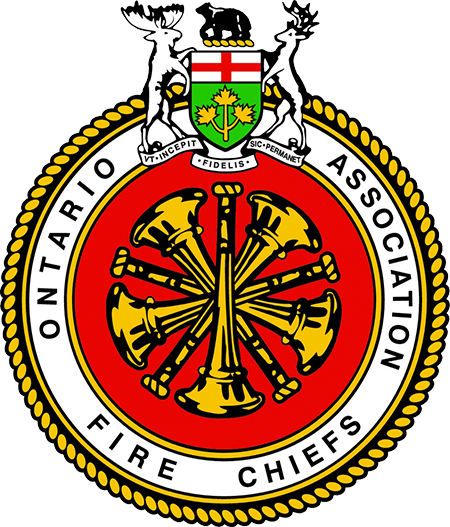Precise incident locations, real-time data and a wealth of other information is now at volunteer firefighters’ fingertips thanks to the IamResponding app, to which they all now have access.
The app includes a map that shows the precise location of incidents, fire hydrants and those firefighters who are responding, alongside whatever site-specific notes members add.
Although volunteer firefighters’ pager call-out system remains the primary communications tool for the time being, IamResponding will replace it once it has fully rolled out, Greater Sudbury Fire Services Assistant Deputy Fire Chief Craig Lawrence told Sudbury.com.
“It’s a much better system,” he said, adding that it’s “a lot more than just the initial notification of the incident to responders.”
Greater Sudbury Fire Services launched the app late last year, initially in District 3 (Chelmsford, Azilda, Dowling, Levack) as a pilot to work out bugs before rolling it out throughout the balance of the municipality.
So far so good, Lawrence told Sudbury.com, enthusiastically listing off its features and benefits to volunteer firefighters.
Whereas pagers have one jarring tone and means of notification, the IamResponding app allows volunteer firefighters to change their tone and means of notification, such as texting a home phone, sending it to an iPad or another device.
The app allows members to indicate whether they are responding to a call, which adds their real-time location to the virtual map so their colleagues know where they are. This can help members decide when to leave the fire hall, Lawrence said, noting that they might briefly hold up their departure from the fire hall if they know colleagues are on their way.
In addition to sharing the initial slate of call-out information the pager system already shares, the IamResponding app allows members to add notes for everyone to see. If the location provided at the time of call-out isn’t accurate, members can update it.
It also allows members to use what3words to share precise incident locations with their colleagues. This online feature has divided the entire globe into three-metre squares which are identified using a specific combination of three words.
The app also allows members to add site-specific notes for properties which firefighters can pull up when they’re on a call — “Anything specific that we might want to tell a responder because it’s valuable information that's unique to that location in terms of access, in terms of water supply, things like that,” Lawrence said.
Although cellphone coverage is spotty in some of the municipality’s outlying areas, Lawrence said it’s better than pager coverage. Some members need to put their pagers on window sills in order to get a signal, he said, whereas they typically get boosters if their cell coverage is spotty.
Of the city’s approximately 210 volunteer firefighters, 163 have signed up with IamResponding to date, Lawrence said, noting that it has not been made mandatory.
Cellphones are provided free of charge to those who don’t have one.
Some members have apprehensions about having their location tracked, Lawrence said. This, despite the fact their locations are only tracked once they’ve confirmed they’re on a call and that members can also disable location tracking altogether.
Although largely rolled out, Lawrence said IT is still lining up screens for each fire hall which display live feeds of the app, as well as linking the app with emergency dispatchers’ messaging. Members can currently message incident updates using the app, but dispatchers’ messages through the old system don’t translate into the IamResponding app yet.
A near-unanimous city council approved the new app during 2023 budget deliberations, at an annual cost of $159,000. The only vote against it was from then-Ward 2 Coun. Michael Vagnini.
“It’s required, we need it, it’s great to help the volunteer firefighters and the bottom line is our citizens,” Ward 8 Coun. Al Sizer said at the time.
“I know the volunteer firefighters in Ward 9 will be happy with this, they’ve been asking about it for years,” Ward 9 Coun. Deb McIntosh said at the time.
Deputy Chief Jesse Oshell developed a stop-gap system several years ago which automatically recorded pager messages to be sent by email alongside a text message to those volunteer firefighters who signed up.
This system helped but had its limitations, Lawrence said, including the fact some cellular providers block SMS messages.
